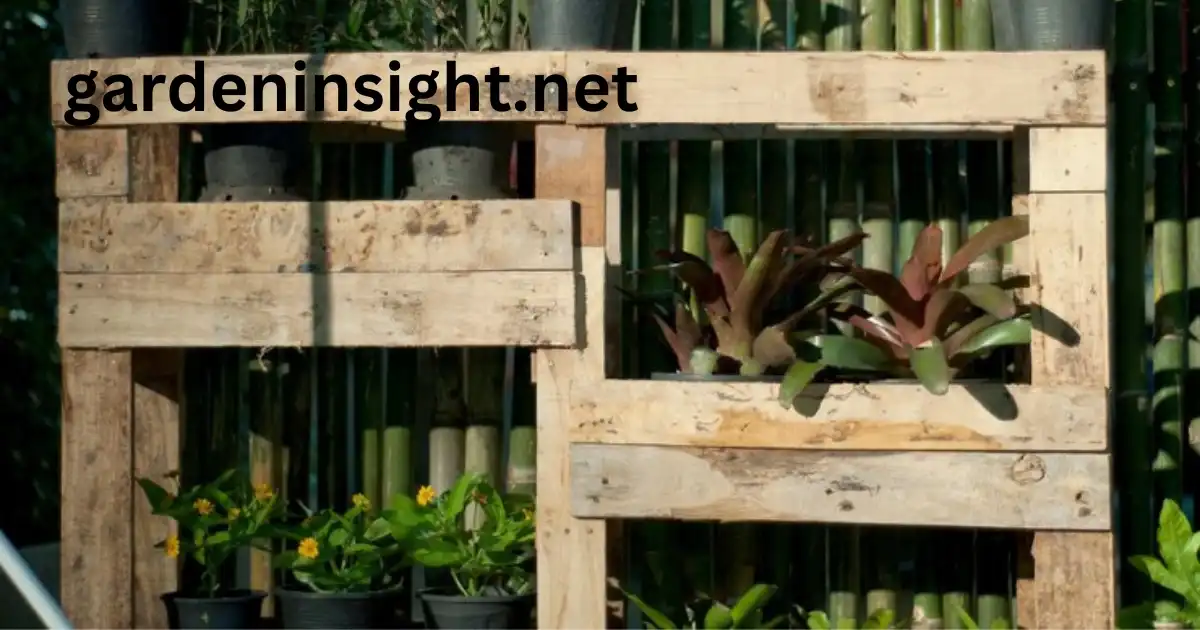Pallets are versatile materials that can be repurposed for various gardening projects. They are cost-effective, easy to find, and can be used to create unique and functional garden features.
They have become a popular and sustainable way to create green spaces with a little creativity, these wooden frames can transform into beautiful gardens. From vertical setups to vegetable plots, pallets offer versatility and affordability.
This comprehensive guide will provide you with all the information you need to know about how to use pallets for gardening, from selecting the right pallets to building and maintaining your pallet garden.
Right Pallets For Gardening
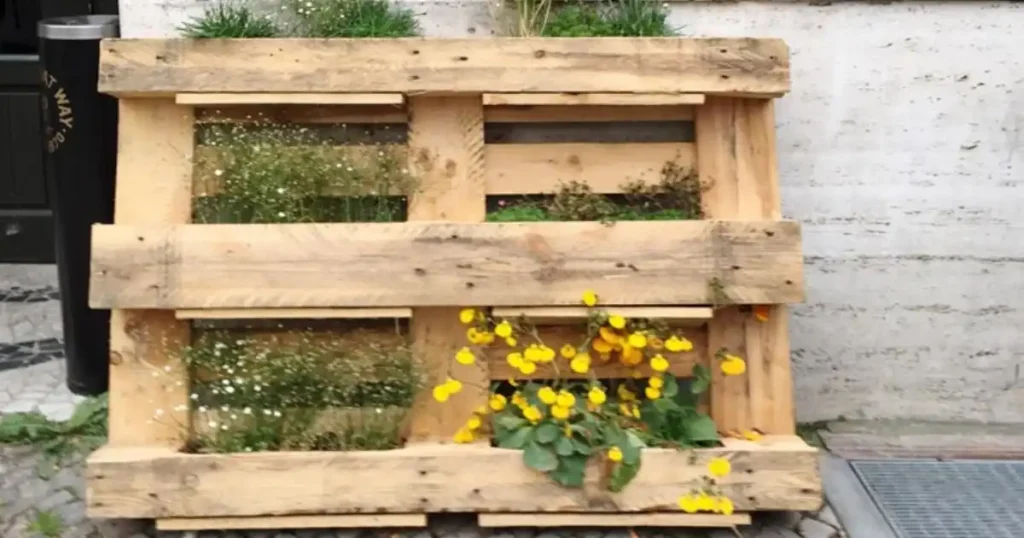
Not all pallets are safe for gardening. Some pallets are treated with chemicals that can be harmful to your plants and the environment. When choosing pallets for gardening, look for pallets that are heat-treated (HT) or marked with the IPPC stamp, which indicates that they have been treated according to international standards. Avoid pallets that are marked with “MB” as they have been treated with methyl bromide, a toxic fumigant.
| Pallet Marking | Description | Safe for Gardening? |
|---|---|---|
| HT | Heat Treated | Yes |
| IPPC | International Plant Protection Convention | Yes |
| MB | Methyl Bromide | No |
| No Marking | Unknown Treatment | No |
Preparing Pallets for Gardening
efore planting, proper preparation ensures durability and plant health.
Steps to Prepare Pallets
- Clean Thoroughly: Wash pallets with soapy water and a brush to remove dirt and contaminants. Allow them to dry completely.
- Sand the Surface: Smooth the wood to prevent splinters and make handling easier.
- Seal the Wood: Use a non-toxic sealant to protect against moisture and extend the lifespan of the pallet.
- Line with Fabric: Add landscape fabric or plastic sheeting to prevent soil leakage while retaining water.
Building a Pallet Garden
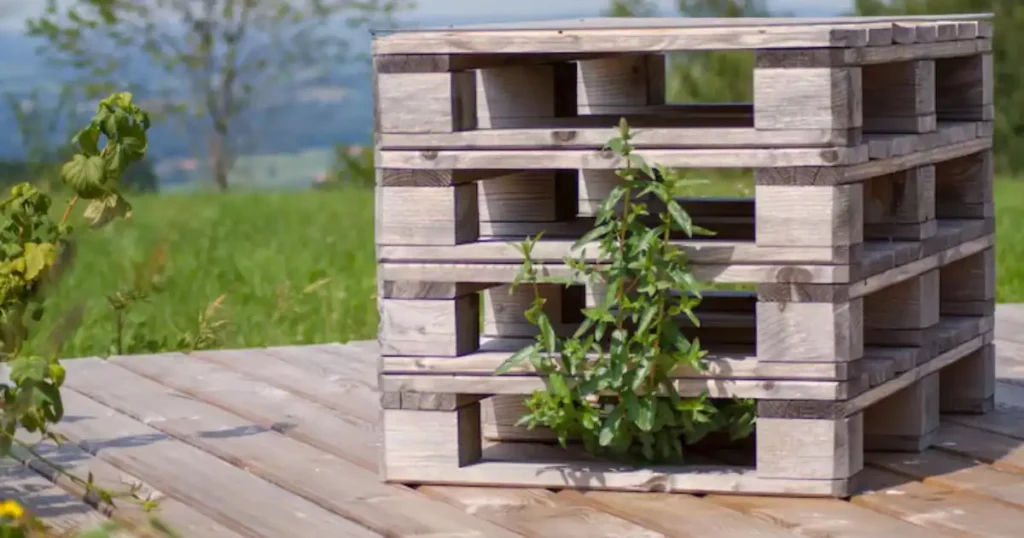
Building a pallet garden is a simple and rewarding project. Here’s a step-by-step guide to help you get started:
- Choose a location: Select a sunny spot with good drainage for your pallet garden.
- Prepare the pallet: Clean and prepare the pallet as described above.
- Add landscape fabric: Line the pallet with landscape fabric to create pockets for the soil.
- Fill with soil: Fill the pockets with a good quality potting mix.
- Plant your plants: Choose plants that are suitable for the growing conditions in your area.
- Water and fertilize: Water your pallet garden regularly and fertilize as needed.
Vertical Gardening with Pallets
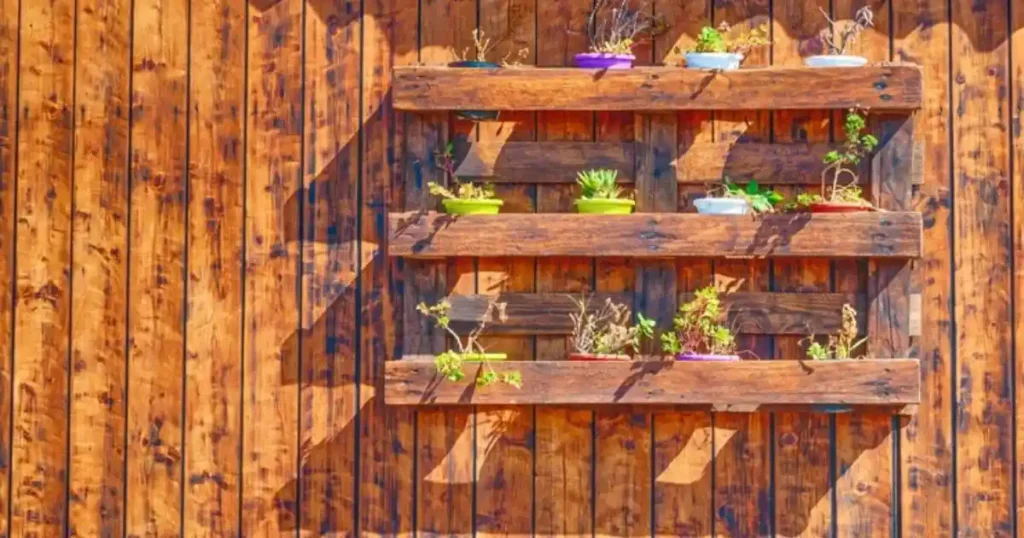
Pallets are ideal for vertical gardening, especially for small spaces or patios. They can be used to create living walls, herb gardens, and even vertical vegetable gardens.
How to Set Up a Vertical Pallet Garden
- Select a Sturdy Pallet: Ensure it’s in good condition and safe for plants.
- Position Upright: Lean the pallet against a wall or secure it with brackets.
- Add Planting Pockets: Attach fabric or plastic pockets to hold soil and plants.
- Choose Plants Wisely: Opt for shallow-rooted plants like herbs, strawberries, or flowers.
Benefits of Vertical Gardening with Pallets
- Maximizes limited space.
- Creates visually appealing walls of greenery.
- Reduces weeding and pest issues.
Best Plants for Pallet Gardens
A variety of plants can be grown in pallet gardens. Some of the best plants for pallet gardens include:
Ideal Plants for Pallet Gardens
| Plant Type | Examples | Vertical/Horizontal Use |
| Herbs | Basil, Mint, Parsley | Vertical |
| Vegetables | Lettuce, Spinach | Both |
| Flowers | Petunias, Marigolds | Vertical |
| Fruits | Strawberries | Vertical |
Avoid deep-rooted plants like carrots, as they require more soil depth than most pallets can provide.
Maintaining a Pallet Garden
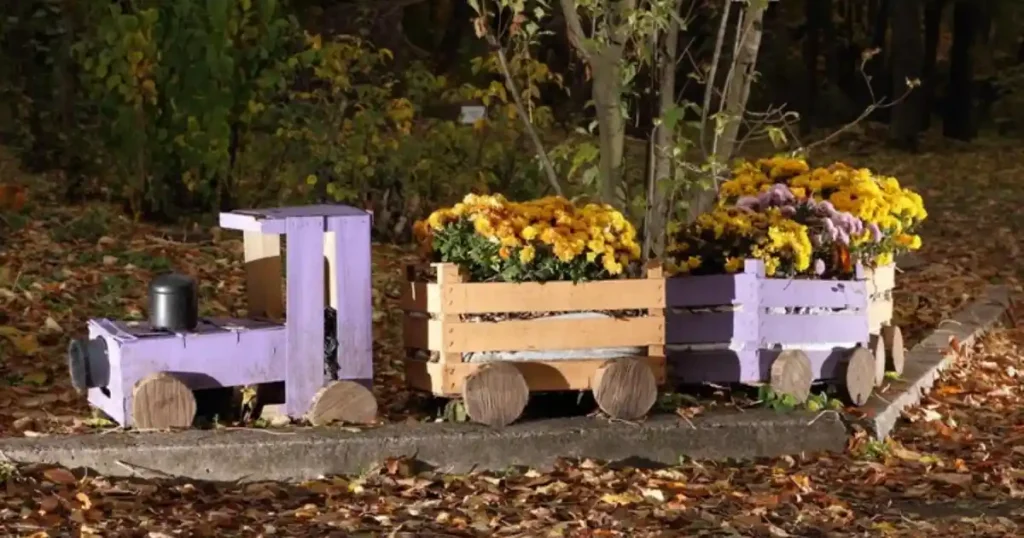
Maintaining a pallet garden is similar to maintaining any other type of garden. Water your plants regularly, especially during hot weather. Fertilize your plants as needed, using a balanced fertilizer. Monitor your plants for pests and diseases and take appropriate action if necessary.
Benefits of Using Pallets for Gardening
There are many benefits to using pallets for gardening, including:
- Cost-effective: Pallets are often free or inexpensive to obtain.
- Versatile: Pallets can be used for a variety of gardening projects.
- Space-saving: Pallets are ideal for small spaces or vertical gardening.
- Unique and attractive: Pallet gardens add a rustic and charming touch to any outdoor space.
- Sustainable: Repurposing pallets helps reduce waste and promote sustainability.
Conclusion
Using pallets for gardening is a creative and sustainable way to enhance your outdoor space. By following the tips and guidelines in this article, you can create a beautiful and functional pallet garden that will bring you years of enjoyment.
Whether you’re a seasoned gardener or just starting out, pallet gardening is a fun and rewarding project that anyone can enjoy.
Remember to choose safe pallets, prepare them properly, and select plants that are suitable for your growing conditions. With a little effort, you can transform ordinary pallets into extraordinary garden features.
FAQs about Using Pallets for Gardening
Some of the frequently inquired question regarding use of pallets for gardening are as follow:
Are pallets safe for vegetable gardening?
Yes, as long as you use heat-treated pallets and avoid chemically treated ones.
How do I treat pallets for garden use?
Clean, sand, and seal pallets with non-toxic products to ensure safety and durability.
Can I grow vegetables in a pallet garden?
Absolutely. Leafy greens, herbs, and shallow-rooted vegetables work best.
What’s the best way to water a pallet garden?
Use a drip irrigation system or water gently with a hose to prevent soil erosion.
How long do pallet gardens last?
With proper care, a pallet garden can last 2-3 years or more.
